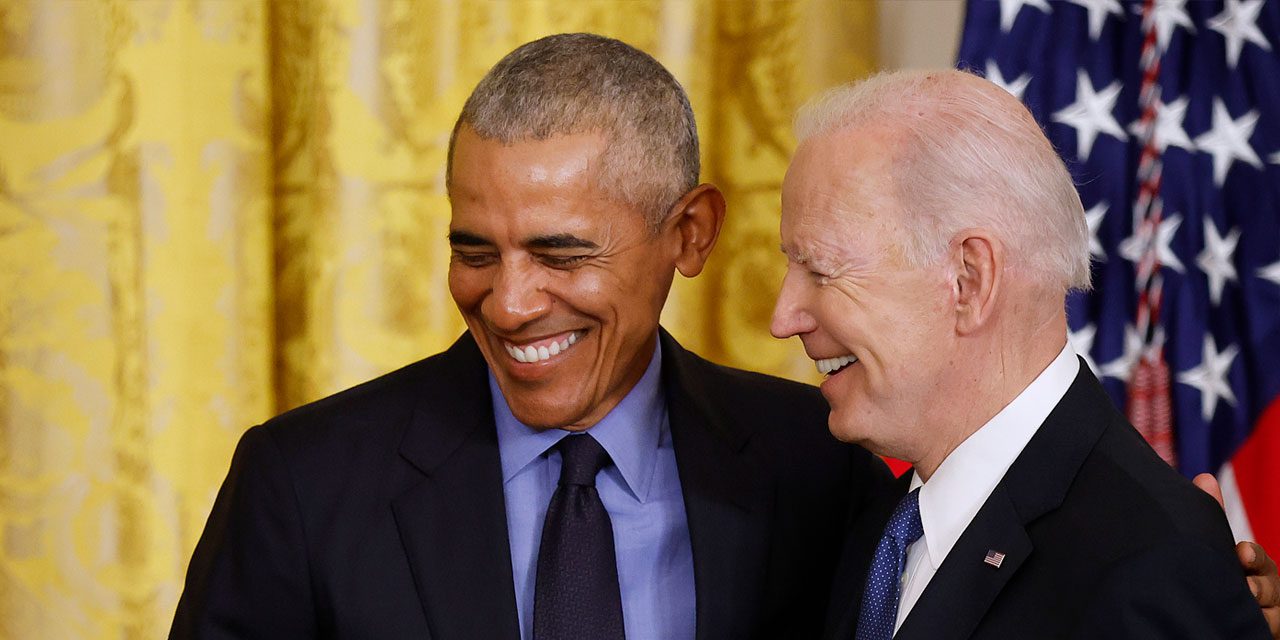Obamacare's Hollow Celebration – City Journal

Last week, Barack Obama joined President Biden at the White House to mark the 12th anniversary of the Affordable Care Act, also known as Obamacare. Yet it was unclear what there was to celebrate. The ACA failed to increase insurance coverage as much as expected, imposed mandates that raised costs, reduced choice, and forced people to buy insurance that many neither wanted nor needed—all while doing little to improve health.
Obamacare increased health-insurance coverage through highly subsidized individual plans on state-based insurance exchanges and by expanding eligibility for the Medicaid program. The percentage of Americans uninsured fell from 15 percent before the ACA’s passage to 9.7 percent in 2020. This gain, however—roughly 16 million Americans—was far less than the 25 million predicted by the Congressional Budget Office. And nearly all the ACA’s net coverage gains came from increased Medicaid coverage, which affords small, uncertain benefits and limited access to care.
Only 10.7 million were enrolled in the ACA exchanges in 2020. This coverage increase was offset by losses in the off-exchange, non-group market and employer-provided insurance. About 15.5 million more people enrolled in Medicaid.
Exchange and Medicaid enrollments rose about 20 percent after pandemic legislation removed income-eligibility ceilings, increased subsidies for people receiving exchange ACA subsidies, and raised the Medicaid Federal Medical Assistance Percentage (FMAP) that states receive. But pandemic-coverage increases will evaporate when the programs expire at the end of 2022 and when the Public Health Emergency declaration ends, respectively.
The temporary Medicaid boost resulted in a tripling of the national improper-payment rate for Medicaid during the past two years—to 22 percent, mostly due to eligibility errors, which states were prohibited from correcting. The Urban Institute estimates that 14 million people could be ineligible for the continuation of Medicaid coverage once the PHE ends and states restart their normal procedures for determining ongoing program eligibility.
Also unfulfilled was Obama’s promise that the ACA would cut annual premiums by $2,500 and reduce spending. National health-expenditure data show that spending rose from $2.60 trillion in 2010 to $4.1 trillion in 2020. Nor did the ACA “bend the cost curve” to slow spending growth—inflation-adjusted, annual health-care spending per capita went up after ACA passage.
Premiums and deductibles in the individual market that includes the exchanges soared. Between 2011 and 2020, the average monthly premium per enrollee in the individual market doubled. The average deductible for a silver plan offered on Healthcare.gov in 2020 was $4,500—up from $2,425 in 2014. The average premium and deductible for exchange plans in 2021 for an unsubsidized family of four was roughly $25,000.
ACA plans are so expensive that few unsubsidized people buy them. And the ACA’s mandates and minimum benefits package foreclosed cheaper, less comprehensive insurance that many would have preferred. The young and healthy rejected overpriced, all-inclusive insurance coverage that forces them to subsidize premiums for older, sicker patients. As a result, many insurers have fled the exchanges and more than half of counties have only one or two plans to choose from.
Gaining health insurance provides important financial protection and peace of mind in case of serious illness. It lowers unpaid bills and debt sent to collection and reduces bankruptcies. Yet, while insured people use more health-care services, insurance has little impact on health or mortality.
The gold-standard study of the effect of insurance was the Oregon Medicaid expansion experiment, which compared people selected at random for Medicaid coverage with those not selected. The covered group had less medical debt and fewer missed payments. They increased their use of all types of medical care and reported an improved sense of physical and mental health. Yet, aside from improved depression outcomes, they showed no improvement in any objective health outcomes.
People who gained ACA Medicaid coverage saw improved financial well-being, with reduced numbers of unpaid bills and collections. But the evidence is mixed on health improvements.
Three reasons explain why the ACA had a smaller effect on health than its advocates anticipated. First, many uninsured persons already received substantial health care despite lacking insurance. Obamacare coverage paid providers who would have otherwise provided care for free.
Second, increased coverage came largely through Medicaid, an insurance associated with below-market reimbursement rates, few providers willing to accept those rates, and poor access to care. Medicaid-expansion states saw greater delays in care because no appointments were available or wait times were too long.
Finally, the ACA mandated low-value care that raised costs. Preventive care and annual office visits, for example, were provided at no charge. Yet, screening is performed far more commonly in the U.S. than elsewhere, and is often overly intensive, of little value, and potentially harmful. Routine annual physicals do not lower mortality, and they waste resources and sometimes lead to harmful testing and unnecessary treatments.
Despite all the cost and controversy surrounding it, the ACA never covered more than 6 percent of Americans and suppressed the competition, choice, and innovation that would have more effectively expanded coverage, lowered costs, and improved outcomes. Barack Obama may want to celebrate his namesake program, but the rest of us have little reason to do so.
Photo by Chip Somodevilla/Getty Images
City Journal is a publication of the Manhattan Institute for Policy Research (MI), a leading free-market think tank. Are you interested in supporting the magazine? As a 501(c)(3) nonprofit, donations in support of MI and City Journal are fully tax-deductible as provided by law (EIN #13-2912529). DONATE







